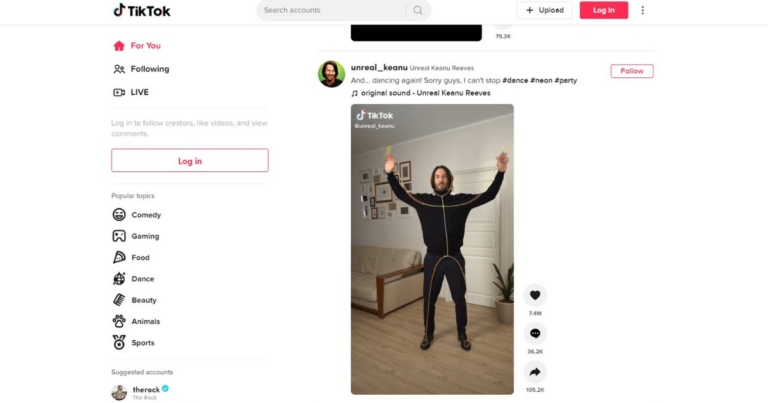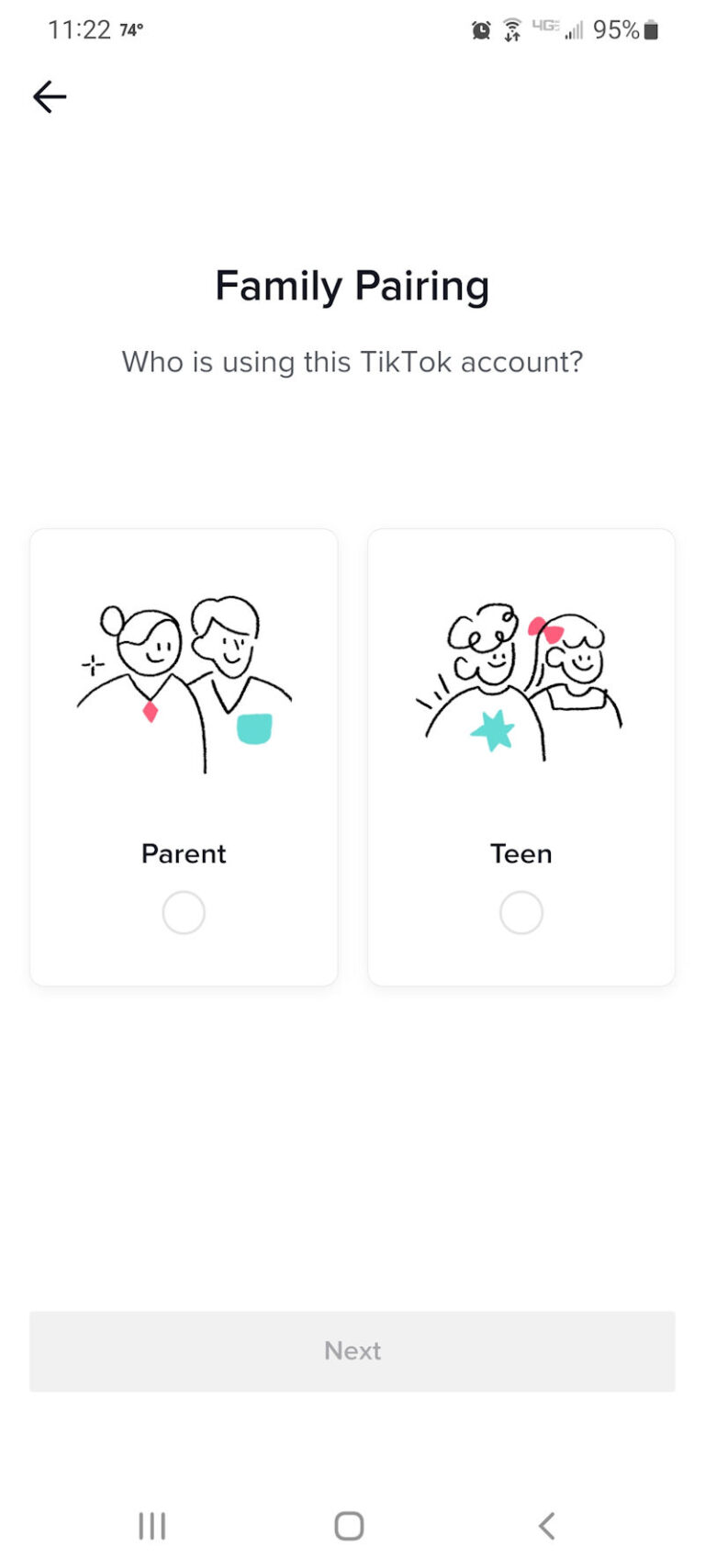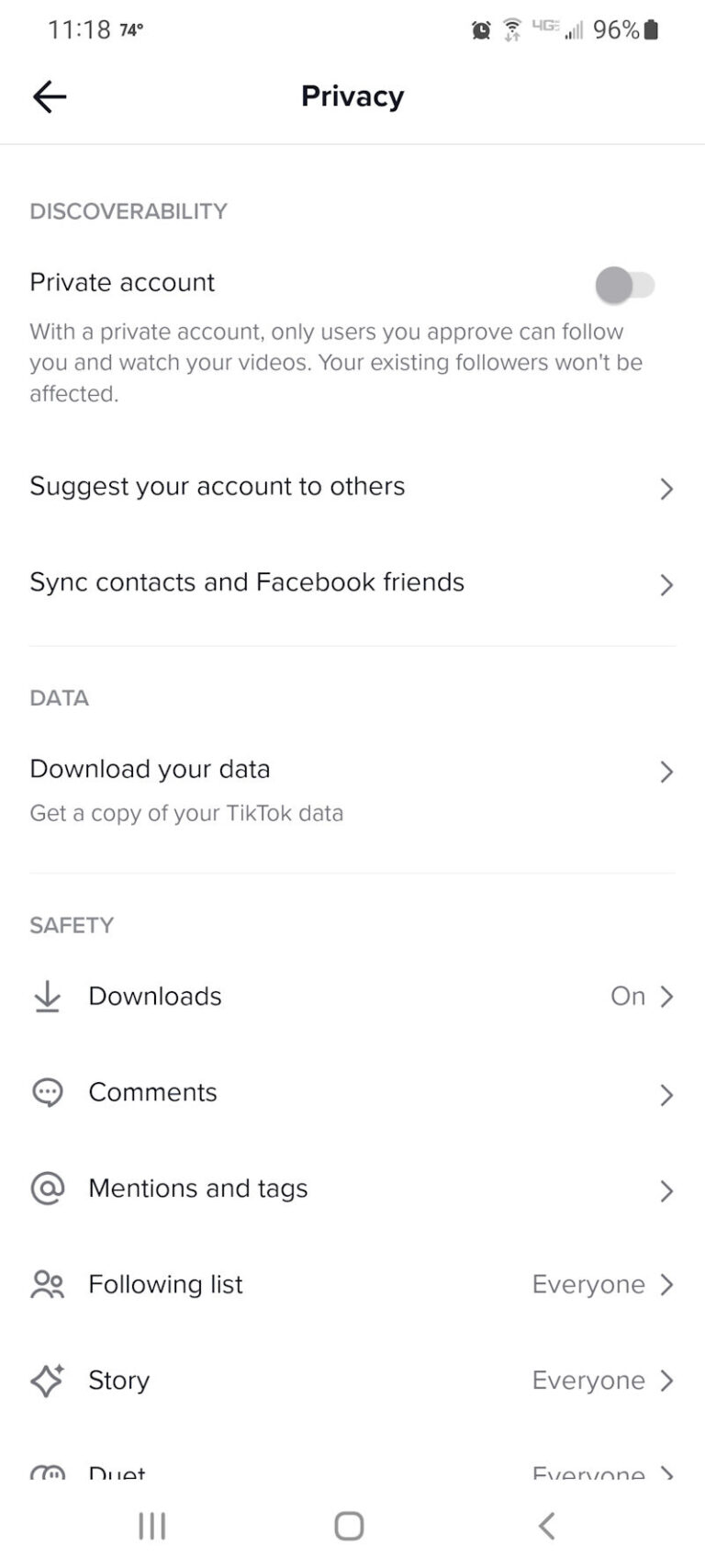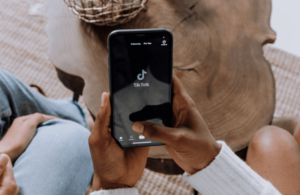Is TikTok safe? It’s as safe as just about any other social media platform. It doesn’t infect your phone with malware, but it comes with some safety risks like scams and saved user data. Here’s what you need to know to stay safe on TikTok.
Is TikTok safe? Here’s what you need to know
There are scams aplenty
The US Federal Trade Commission (FTC) considers TikTok a goldmine for scammers. To be fair, any social media app that has the ability to direct message (DM) other users has the potential for scams. Here’s a few to watch out for in your DMs:
- Follower or like scams: This is where the messenger promises that, for a low fee, they’ll boost your followers or video likes to make you look like a TikTok star. Just block them and report them for spam.
- Romance scams: These smooth-talkers will tell you you’re the most beautiful thing they’ve ever seen, then hit you up for money as the conversations progress. Or they will try to get as much information out of you as possible to steal your identity. Don’t engage with these catfish.
- Investment scams: Looking to make a quick buck? Who isn’t? That’s how these scamsters attack. They draw you in with promises about making fast money through crypto or other investments and then take you for as much as possible. Block and report.
- Phishing scams: Don’t click links. Just don’t do it. Scammers can use the links to download malware to your phone that can steal private information.
Your information isn’t private

Like many other social media sites (looking at you, Facebook), TikTok collects information about you when you use it. You can read its privacy policy yourself, but if that’s TL;DR, this is a short summary of what information it collects:
- Any information you add to your profile, like age, language, phone number, photo, and email address
- Any information it can gain from third-party accounts (like Facebook or Google) you link to your TikTok account
- Any content you upload, like photos and videos
- Information it can find about you from other “publicly available sources”
- Information about what you searched for on TikTok
- Information about your phone, including your IP address, your telco, time zone, and app and file names found on your phone
- Keystroke patterns or rhythms
- Location data
- Messages you send and receive from other users
Once TikTok has your information, the company uses it. Some of the uses include tailoring what type of TikTok videos show up in your FYP (For You Page) and learning how to target you with ads. TikTok also shares your information with third parties.
TikTok will analyse your photos and videos, according to its privacy policy, to identify “the objects and scenery that appear, the existence and location within an image of face and body features and attributes, the nature of the audio, and the text of the words spoken in your User Content.”
There have been reports that TikTok analyses faces and bodies and lowers the views of users seen as overweight, disabled, or unattractive.
Younger TikTok users are vulnerable

Is TikTok safe for kids? Well, TikTok does have special protections for kids that are 13 and younger. In restricted mode, children can watch videos on TikTok and even make their own, but they can’t save their videos to the popular social media app. The videos save to their phones instead. Younger users also can’t send or receive messages, and others can’t see their profiles.
While this sounds good, we’d still worry about kids seeing videos with mature content or other inappropriate content. And we’re concerned that the social media app still collects younger TikTok users’ data.
In the settings, you can go to the Family Pairing option to limit what the young person in your life sees on their TikTok feed, set up watch time limits, and more.
For tips on how to keep your children safe online, take a look at our internet safety guide for kids.
TikTok can be poor for mental health
The TikTok algorithm gathers information about the videos you watch and feeds you more of the same. The more you watch, the more videos with that same content you’ll get on your FYP. Sometimes, this can be bad for your health.
In the documentary TikTok by Journeyman Pictures, one user describes how she happened to watch a video that included weight loss techniques. Soon, her feed was filled with extreme weight loss videos. This constant stream helped to fuel an eating disorder.
In addition to eating disorders, it’s easy to see how this type of algorithm can also be detrimental to those with depression or other mental health issues. One study found watchers may even develop illnesses (such as Tourette-like tics) by watching other’s TikTok videos in a strange phenomenon called “mass sociogenic illness.”
And unless you never post a video on TikTok, other people will be able to see you. Not to scare you, but posting images of yourself can lead to bullying and other forms of harassment. That can be detrimental to your mental health as well.
How to combat TikTok pitfalls

How do you use TikTok safely? If you don’t want to give up TikTok, you can do a few things to protect your mental health, data health, and physical health:
- Watch positive, happy videos. The more happy, funny, cute videos you watch, the more they will end up in your FYP. Also, stay clear of triggers. For example, if you struggle with disordered eating, skip posts that talk about weight loss.
- Don’t engage with trolls. Stay out of fights in the comments and ignore people with hateful comments. They’re just doing it for attention. Don’t give it to them. Save your energy.
- Ignore the haters. This one’s hard, but try your best to ignore those with mean things people say about your videos or physical appearance. Remember, the blocking option is your friend.
- Be private. Before posting, check your videos for things that can identify you or your location to other users. For example, blur out your car’s license plate or your house number. This will help to deter potential stalkers.
- Use a VPN. If you’re concerned about all the user data the TikTok app collects, set up a VPN. Check out our picks for the best VPNs for security.
- Use the privacy settings. On your profile page, tap on the menu, then select Settings and Privacy and then Privacy. From there, you can choose who can follow you, comment on your videos, Duet and Stitch your videos, and more. You can also make your profile completely private if you just use TikTok to browse, not post.
- Use the Digital Wellbeing features. In the settings, tap on the Digital Wellbeing Then, decide on how much screen time you want to limit yourself to when you’re on the app and set up the timer or set up screen-time breaks.
FAQ
Scams through DMs are common, and the app tracks, records, and shares your information. You should also know that the app can be detrimental to your mental health.
TikTok can’t steal something that’s given to it. When you sign up, TikTok’s privacy policy makes it clear that its taking whatever personal information it can. If you have privacy concerns, it’s probably best not to use the social network app.
It will disappear from your phone, but TikTok will still have all of the personal data about you that it already collected. You’ll need to fill out a request form to remove your information.
Yep, you sure can. Tracking who looks at your profile can help you detect potential stalkers.
All you need to do is turn on the profile view option on the TikTok app. Tap on the person icon at the bottom of the screen, and then tap the eye icon in the upper right corner. Tap turn on to turn on the profile view history.
Now, whenever you tap the eye icon, you can see who looked at your profile. Just be warned, with this option turned on, other people can see if you looked at their profile, too.

